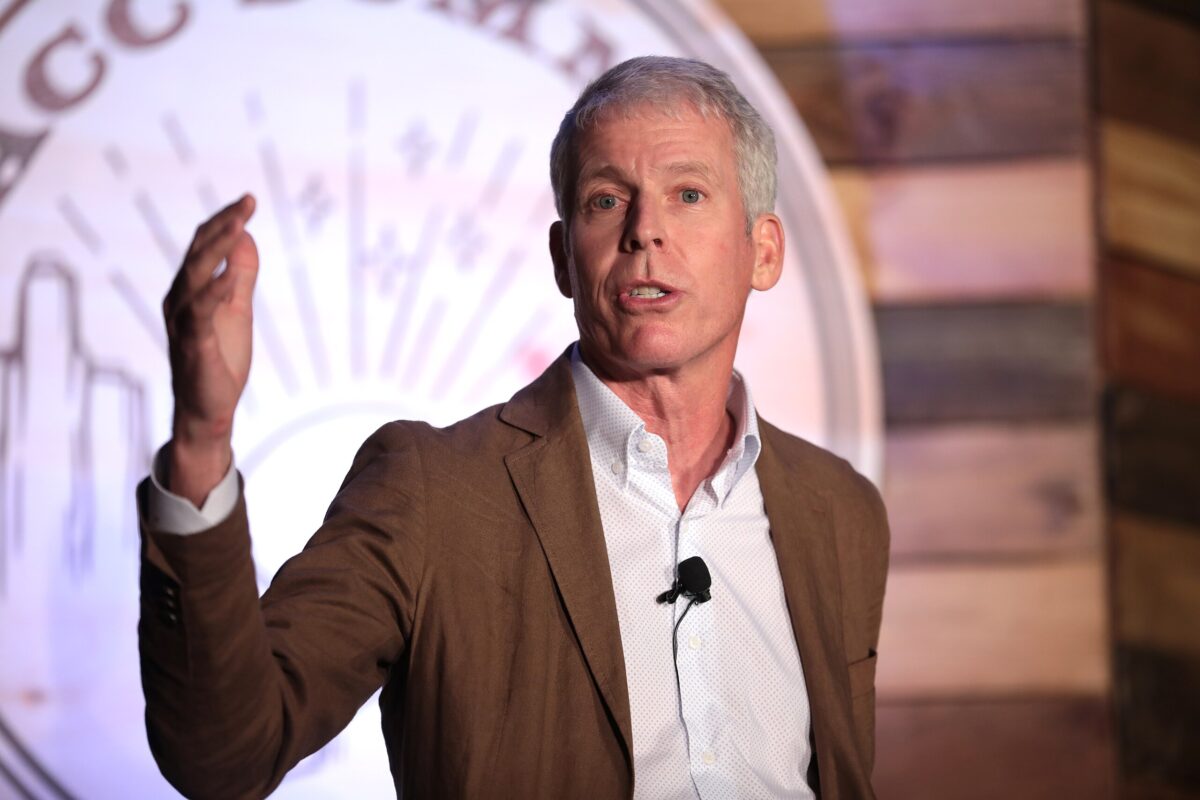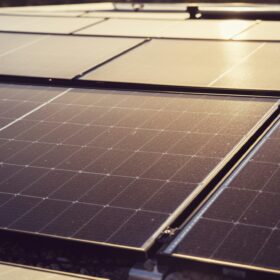Concerns over the financial viability of SolarCity’s business model have become quite vocal in recent months, but today’s third quarter results could well muffle those murmurs of discontent, at least for a short while.
The U.S. rooftop solar installer was always a strong advocate for its no-money-down financing scheme, but has listened to its customers’ needs and demands in recently introducing its new solar loan and cash sales schemes – enabling homeowners to not just lease but also own their rooftop solar systems and thus be eligible for the 30% Federal Investment Tax Credit (ITC).
This evolution of the SolarCity business model appears to be paying dividends, with third quarter (Q3) financials largely positive when put in context.
SolarCity’s revenue for Q3 reached $201 million, which represents a 76% increase year-on-year, and the 187 MW of new solar PV installed surpassed the firm’s 170 MW guidance (even if they fell some way short of the 256 MW installed in Q3 2015). The firm’s installation breakdown gave a clear indication of its diversification: 147 MW of Q3’s installations were in residential, with the remaining 40 MW in the growing C&I space. Among SolarCity’s residential customers, 10% of the MW installed came via its new loan and cash sales program, which also represented 23% of gross residential MW booked in the quarter.
As a result, gross profit increased by 183% year-on-year and a few weeks ago SolarCity added its 300,000th customer. Losses for the quarter were $225.3 million, which is more positive than the $234.3 million losses posted in the same period last year, but higher than Q2’s losses of $216 million.
SolarCity’s installations are becoming more affordable, however: cost per Watt dipped back below $3.00 to $2.89 (a 5% reduction), with the value of MW deployed under its energy contracts was $3.38 per Watt. This represented a contraction on Q2 2016 when the value of MW deployed was $3.62/W. SolarCity attributes this to a higher mix of lower-priced C&I and East coast residential deployments in its mix.
In an investor letter, SolarCity provided further breakdown of what these costs mean: of that $3.38/W figure, $1.78/W was generated upfront, with $1.60/W representing the net present value offered at a 6% discount rate. Installation costs per Watt improved over the quarter by $0.05 to $2.02.
Added together, SolarCity’s net present value of customer cash flows (after project financing) stood at $2.2 billion at the end of the quarter across a cumulative installed total of 2.45 GW across the U.S.
The company confirmed that it would not be holding a conference earnings call to discuss the financials due to the ongoing $2.6 billion takeover offer from Tesla Motors, on which a shareholder vote is scheduled for November 17.
SolarCity said that it is heading into its “potential combination” with Tesla in a strong position, and cited the growing solar loan/system sales mix as a key driver behind its improving GAAP profitability. “Building on this momentum and buoyed by our new solar loan and solar roof products, we expect continued improvement in our installation run rates, cost per Watt and our cash generation in the fourth quarter of 2016 and 2017,” said the investor letter.
Guidance for 2016 projects annual installations to top 900 MW, but the company declined to provide any further specific guidance on GAAP for the fourth quarter because of the proposed Tesla acquisition.
“The integration of SolarCity’s sales, service, and installation operations with Tesla’s extraordinary product development and manufacturing acumen will create a highly differentiated, integrated sustainable energy company ideally positioned to capture the $1 trillion-plus global marketplace for transportation, energy, sales and energy infrastructure,” concluded the letter, which was co-signed by CEO Lyndon Rive and CFO Radford Small.
This content is protected by copyright and may not be reused. If you want to cooperate with us and would like to reuse some of our content, please contact: editors@pv-magazine.com.








By submitting this form you agree to pv magazine using your data for the purposes of publishing your comment.
Your personal data will only be disclosed or otherwise transmitted to third parties for the purposes of spam filtering or if this is necessary for technical maintenance of the website. Any other transfer to third parties will not take place unless this is justified on the basis of applicable data protection regulations or if pv magazine is legally obliged to do so.
You may revoke this consent at any time with effect for the future, in which case your personal data will be deleted immediately. Otherwise, your data will be deleted if pv magazine has processed your request or the purpose of data storage is fulfilled.
Further information on data privacy can be found in our Data Protection Policy.